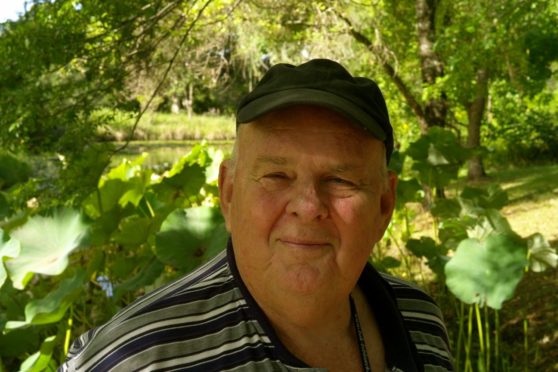He was Australia’s greatest poet who spent years in Inverness in the 1960s and was one of 2000 descendants of a Scottish immigrant couple who settled in rural New South Wales in 1848.
Les Murray grew up in a two-room shack at Bunyah near Coolongolook where he read his mother’s eight-volume encyclopaedia eight times by the age of nine. In the late 1950s Murray relied on friends for food and despite being scruffy and unwashed, his vibrant company earned their respect. Clive James was Murray’s first publisher in the student weekly Honi Soit.
In 1962, the father-of-three married Valerie Morelli, before starting a new job as a translator at the Australian National University in Canberra. However, Australia’s capital didn’t impress Murray, so in 1967 his family moved to Wales there they lived in poverty until Murray travelled to London where he learned that he had been awarded a $AUD3,000 (£1,600) fellowship — equivalent of a year’s income at the time in Australia.
But Murray was much happier living in a 17th-century cottage near Inverness where he improved his Gaelic and wrote as much about his native Australia as he did about his Highland surroundings.
In 1969, Murray published his first solo book The Weatherboard Cathedral which Kenneth Slessor, then Australia’s most popular living poet, described as “a new and vital impulse” and “full of magnificent poetry”. In 1971, Murray embarked on a new career as a full-time freelance poet.
He annoyed Republicans in 1999 by helping former Australian Prime Minister John Howard to write a constitutional preamble, triggering attacks by those he described as the elites. Murray was literary editor of Australia’s literary and cultural journal called Quadrant and survived an attempt to oust him over his rebellious manner. His nonconformism didn’t prevent him from being was awarded the Queen’s medal for poetry and, with Subhuman Redneck Poems, he also won the T.S. Eliot prize.
Murray had more than 30 books published, was awarded numerous other literary prizes and honorary doctorates and travelled the world as a visiting fellow and writer in residence. n June 2007, respected American poet, Dan Chiasson praised Murray in The New Yorker magazine as among “three or four leading English-language poets”. He was mentioned as a possible Nobel prize winner in 2010 but stated he didn’t want the award. Murray published seven volumes since 2010, the last being a collection last year.
Who else has described cows as Murray does in The Cows on Killing Day?
All me are standing on feed. The sky is shining.
All me have just been milked. Teats all tingling still
from that dry toothless sucking by the chilly mouths
that gasp loudly in in in, and never breathes out.
